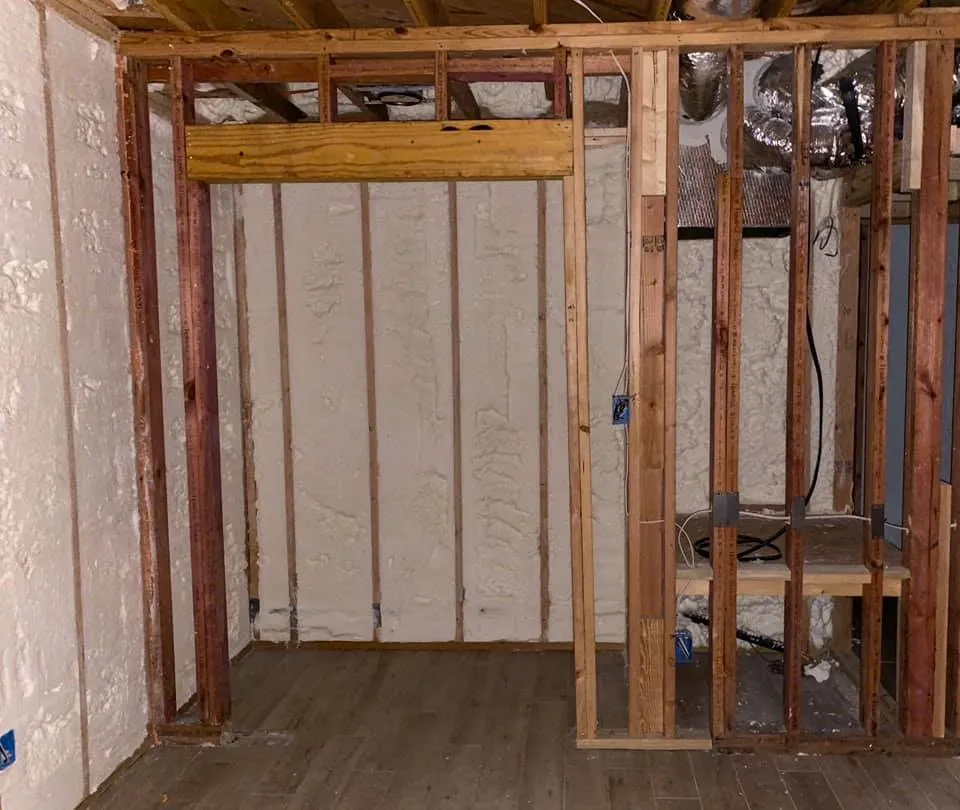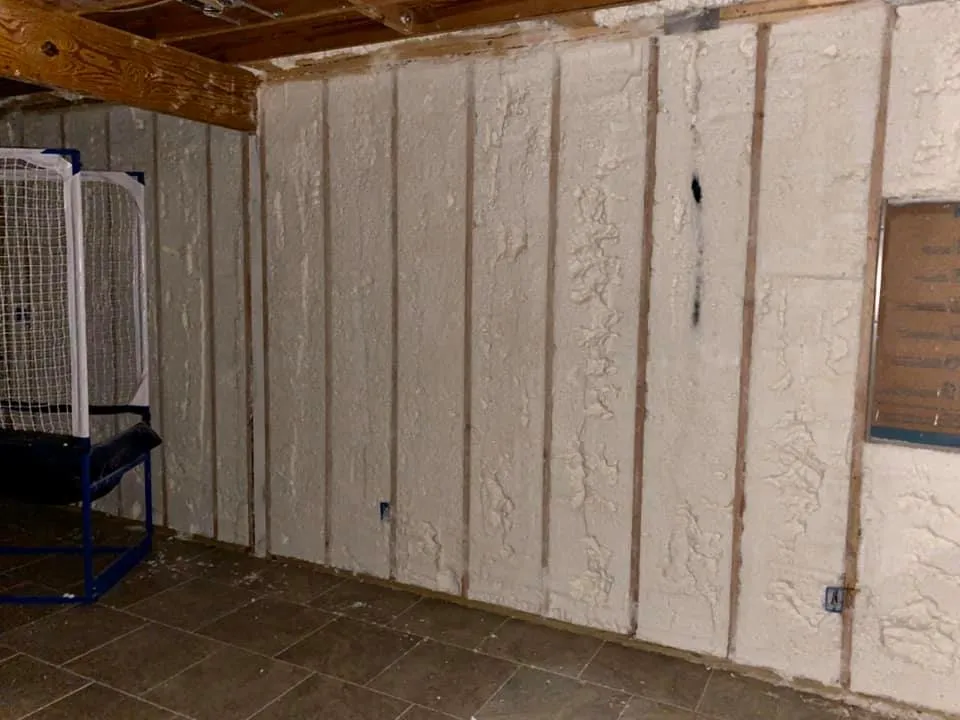
How much do you know about central Texas energy efficiency?
Take this 10-question pop quiz to test your intelligence on energy savings around Austin TX:
1. The average Austin TX area family spends how much each year on home utility bills?
A. $6,000
B. $3,500
C. $2,200
D. $1,000
2. The typical American household saves how much on energy bills after simple efficiency improvements?
A. 0-20%
B. 20-40%
C. 40-60%
D. 60-80%
3. Which of these home systems use the most energy in central Texas homes?
A. Water heating
B. Appliances, Electronics & Lights
C. Cooling and heating
4. Where does the majority of Air Conditioning escape from your home?
A. Walls
B. Floor
C. Roof
D. Window/Door
5: How does your home energy use compare to the pollution of the average Austin personal car?
A. Home pollutes 1/2 as much as your car
B. Home creates same amount of pollution as car
C. Home pollutes Twice as much as your car
D. My home causes pollution?
6. Which best describes your home?
A. Comfy no drafts
B. Minor drafts around doors
C. Major drafts surrounding windows, drafty rooms, cold floors
D. Moisture sitting on windows, mildew and damp crawl space
E. Two or three of the above
7. Controlling condensation in your home is accomplished by which actions?
A. Regular fresh air ventilation
B. Proper insulation and air sealing
C. Shutting bathroom doors when showering
D. Drying clothes outside or with the laundry room door closed
E. All of the above controls condensation
8. How much money can you save on energy costs by using a compact fluorescent or CFL light bulb?
A. Nothing
B. $10 per year
C. $30-$60 over the life of the bulb
D. $120 per bulb
9. What home maintenance action is most important to energy efficiency and safety?
A. Turn up AC in hot months when not home, and heater down in winter
B. Ensure furniture is not blocking floor vents, radiators, or heaters
C. Ever 1-3 months replace or clean all air filters and vents in HVAC system
D. All of the above maintenance items
10. Which choice is the most effective energy saving investment?
A. Seal all the air leaks on windows, doors, baseboards with caulk or weatherstripping
B. Have the attic, walls, floor, and ducts properly insulated to current building codes
C. Turn off the AC and heater when you are not in the building




